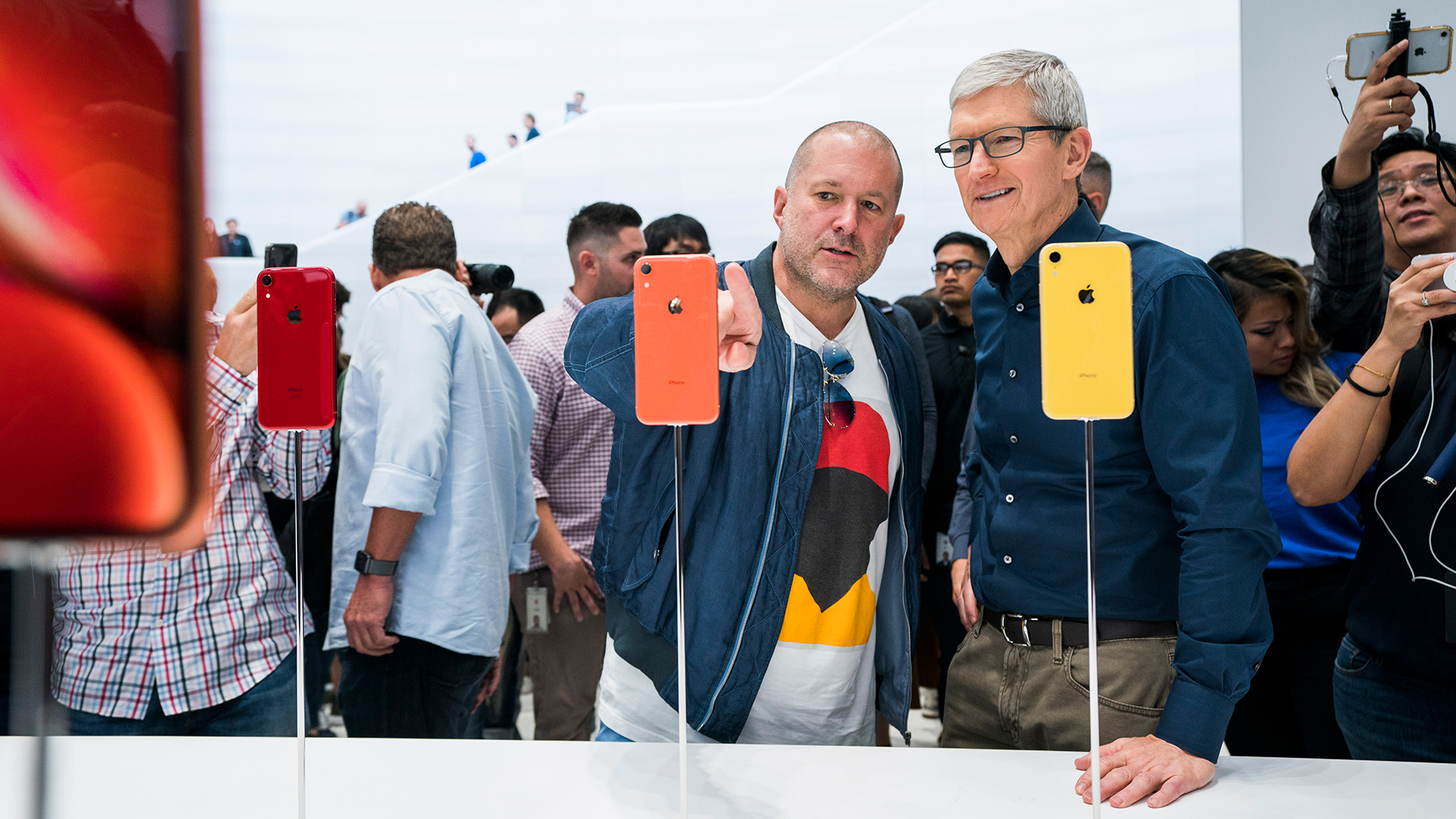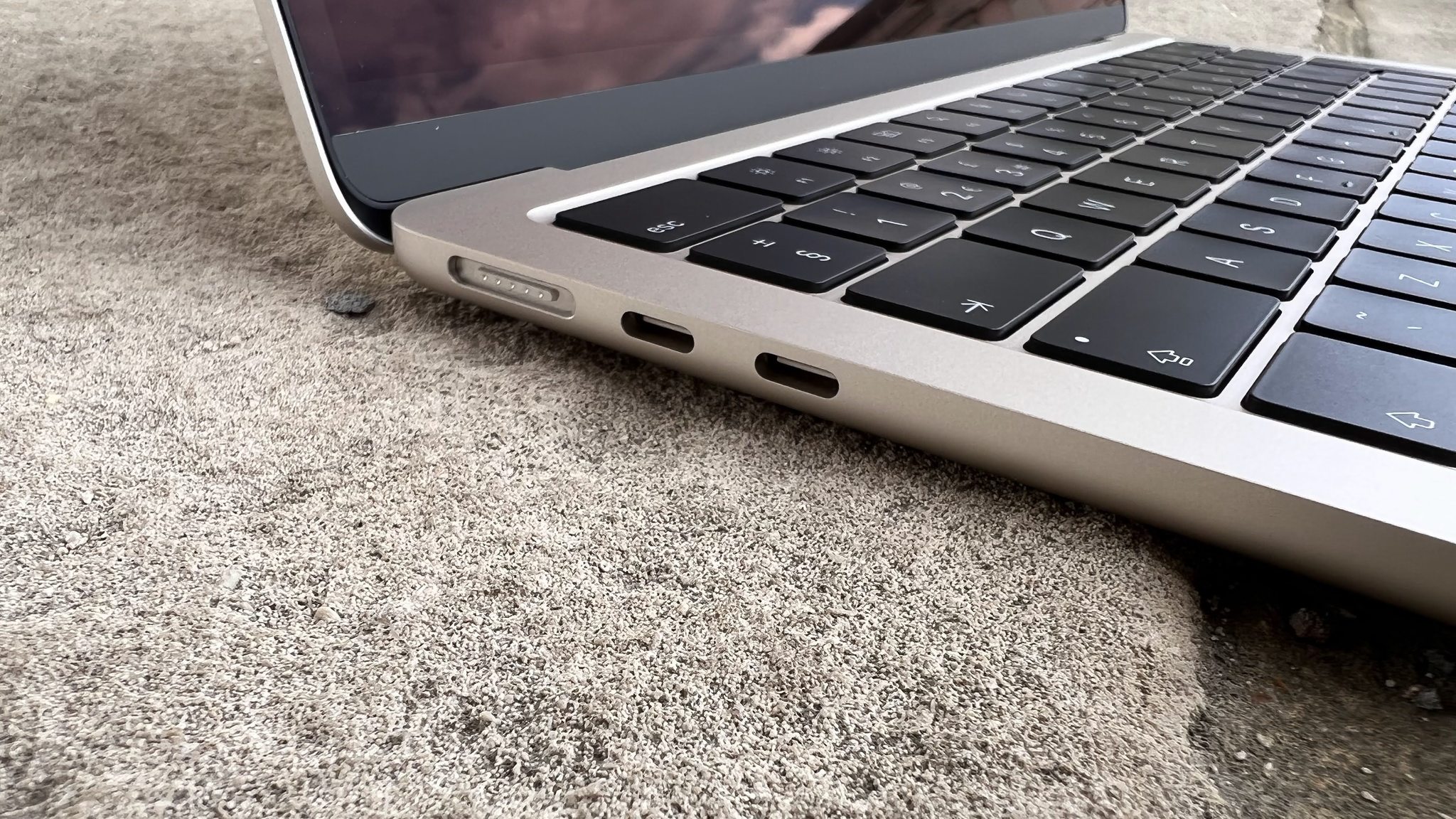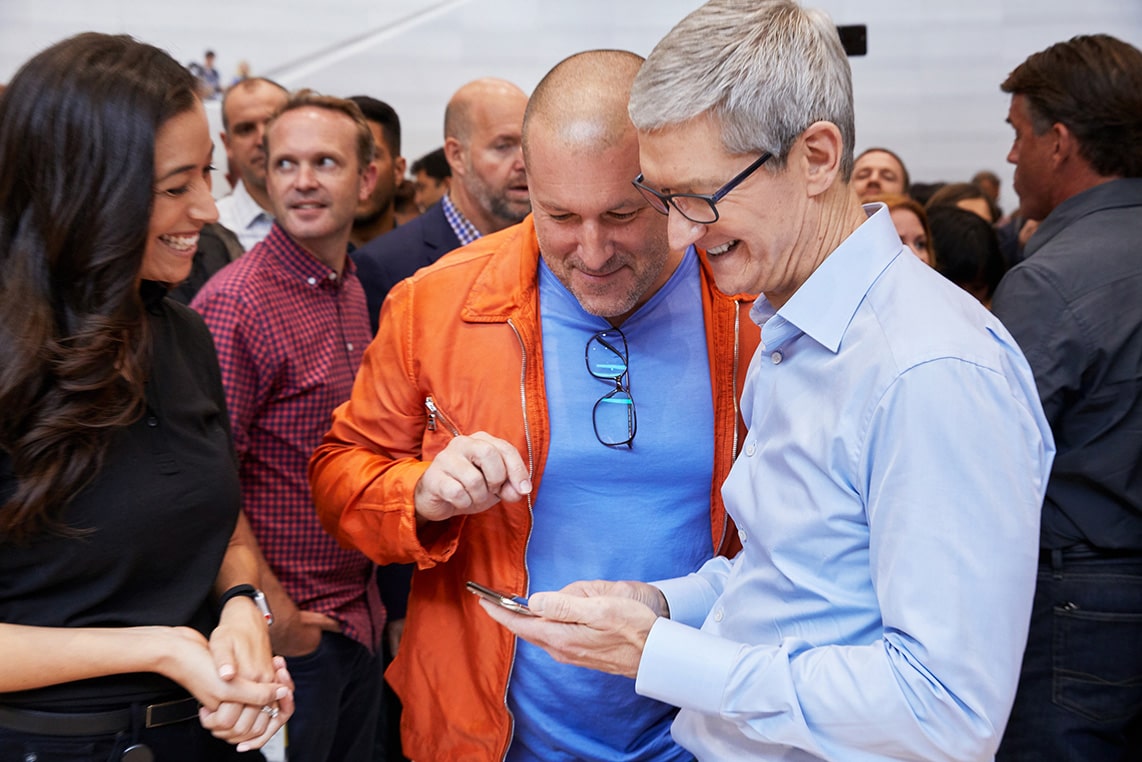
Today marks four years since it was announced that Jony Ive was leaving Apple, a revelation that sent shockwaves through the tech world. Just like that, the man who was synonymous with Apple’s product philosophy was gone – and everyone was asking what would come next.
Since then, it’s been common for people to assume that Apple has changed in seismic ways, namely that it has extracted its head from its proverbial design backside, stopped making foolish decisions brought on by an obsession with minimalism, and started listening to its customers. It’s a simple narrative, but a pretty seductive one at that.
And in many ways, it rings true. Apple definitely seems to be making moves that would be hard to imagine under Ive’s tenure. Gone are the indulgent launch videos explaining the aluminum smelting process in excruciating detail, replaced by an apparent willingness to make devices just a little chunkier if it results in a more useful, sensible design.
Two years after Ive left Apple, for example, the MacBook Pro in 2021 launched with an HDMI slot and an SD card reader. Before then, the only ports you’d find on Apple’s laptops (besides the headphone jack) were configured as USB-C.
Apple insisted that these ports’ speed and flexibility meant they were all you needed; users with plentiful peripherals protested, but Apple stayed the course, ushering in a dongle nightmare that persisted for years. But with Ive gone, Apple added back the ports that people wanted. It’s hard to imagine Ive hadn’t previously vetoed that move in favor of his preferred variety of simplicity and minimalism; with him out of the frame, port variety could return.
The pendulum swings back

To be sure, I’m not arguing that Apple exclusively ignored its customers under Ive. The company frequently listened to its users’ needs during the decades that Ive worked at Apple – just look at the modular Mac Pro from 2019, which Ive had a major role in developing. Apple saw that its trashcan Mac Pro wasn’t what its users wanted, heeded their feedback, and built a machine that strayed away from Apple’s abstract dream in favor of practicality.
Yet since Ive departed, the pendulum has swung away from the influential design team and towards Apple’s engineers and customers. Design is still vitally important, but it doesn’t feel like the be-all and end-all it once was.
Things have changed, then, but many things remain the same. Even without Ive, the company still pays a huge amount of attention to detail – just look at the Vision Pro headset and the clever little touches Apple included, from the Digital Crown used to switch modes to the way onscreen keyboard buttons light up when you hover your finger over them.
That kind of thinking was always evident at Apple (even before Ive joined) and is part of its DNA. Design is still incredibly important, even if it doesn’t override engineering concerns in quite the same way.
For sure, Jony Ive helped develop Apple into a design powerhouse, lending his touch and guidance to many of its most successful products. But he did so not as a solo maverick, but by building an incredible design team and instilling his beliefs into it. He may be gone, but his design philosophy lives on in the team he left behind.
A lasting influence

You can see this in recent products like the Apple Watch Ultra, a device that embodies the famous Steve Jobs adage that “design is how it works.” Underlying its brilliance is an insistence on real functionality. Apple built products like this while Ive was at Apple – just look at the original iPhone – and continues to do so today.
The creation process of many of Apple’s recent products would have begun long before Ive set sail for new shores, or while Apple was a client of his LoveFrom design firm – the Vision Pro and 24-inch iMac being notable examples. But it’s clear that Apple still knows how to craft classic designs, even without Ive micromanaging day-to-day operations.
And that’s why alleged claims that Apple is radically different now that he’s gone don’t entirely add up. Ive’s influence will likely linger on for years to come, and while some things have certainly changed, much more remains familiar to Apple fans and observers the world over.
This, really, is a good thing, since it shows that Apple still knows how to design great products without Jony Ive looming ominously overhead. His influence has been undeniable, and Apple would be in a very different place without his help. But the past four years have not marked an enormous shift away from his way of thinking at Apple. While some things are notably different, the design powerhouse he helped create remains surprisingly unchanged.







